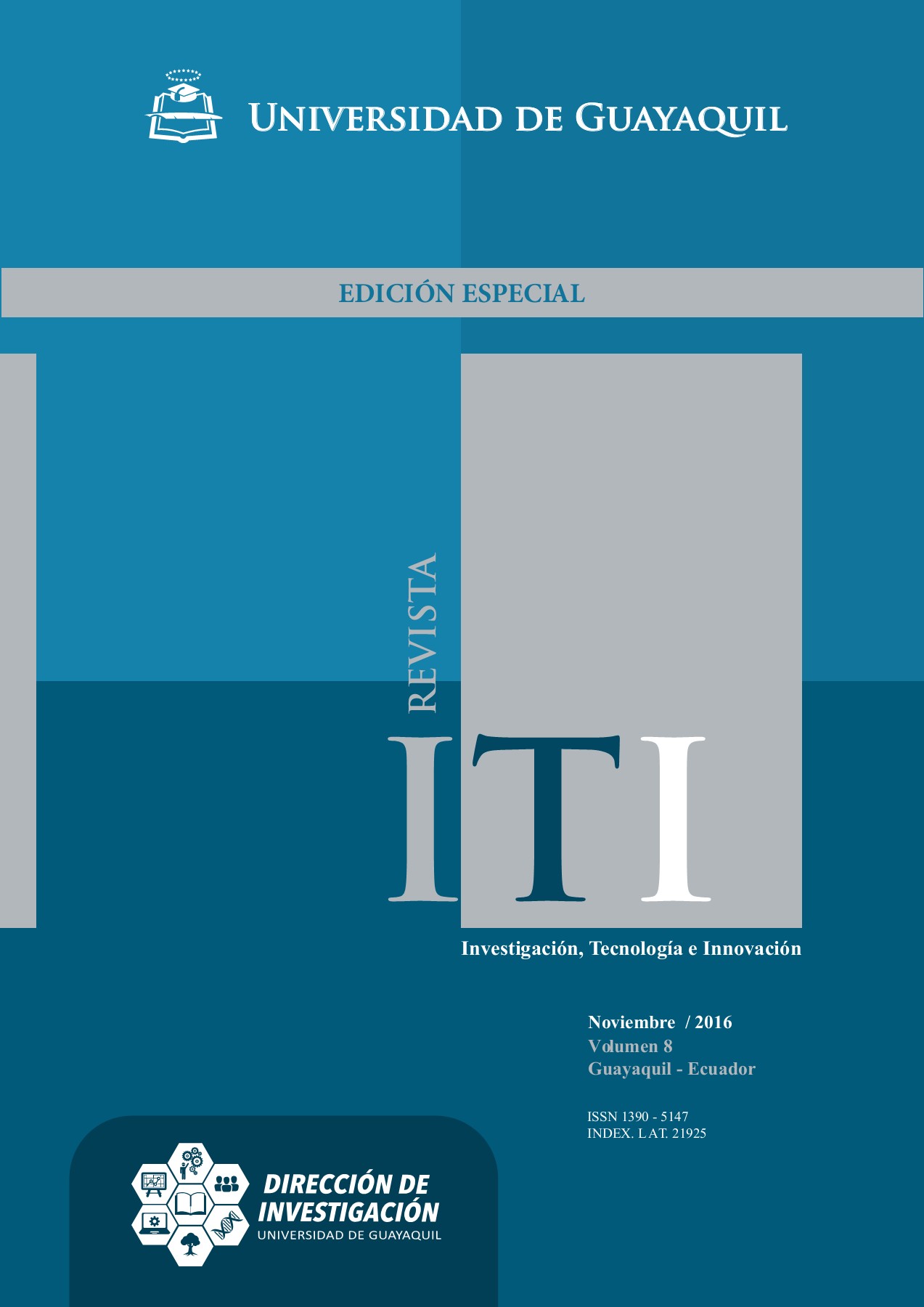Influence of conceptual understanding in the problem solving about definite integrals
DOI:
https://doi.org/10.53591/iti.v8iEE.171Keywords:
Conceptual Understanding, Problem Solving, Multiple Representations, Mathematics TeachingAbstract
Toe purpose of this study was to apply the processes of conceptual understanding in solving problems to the concept of definite integral to improve student performance. Toe subjects were 30 students enrolled in a course of Mathematical Analysis for the Bachelor of Science in Education with a major in Physics-Mathematics. Their age is between 20 and 23 years old, of which 22 are men and 8 are women. Toe procedure followed during the intervention was as follows: (1) Present the intervention to the experimental group and to the control group the traditional model (2) Apply the performance test. Student-Welch's t-test gave a value of p = 0.0068; therefore the research hypothesis is accepted and can be inferred that the results are dueto the application of multiple representations.
References
Ainsworth, S. {1999). The junatens of multiple representation. Computers & Education, (33), 131-152.
Ainsworth, S. (2006). DEFT: A conceptual framework for considering learning with muttiple representations. Learning and Instrnclion, (16), 183-198
Anderson, J. & Lebiere, C. (1998). The atomic components of tt1011.glit. Maliwali. NJ: Lawrence Erlbaum Associates.
Beiclmer, R. (1994). Testing student interpretation ofkinemalics graplis. American Journal of Pliysics. 62(8), 750- 762.
Bergey, B., Cromley, }., & Newcombe, N. (2015). Teaclling liigh sclwol biology students to coordinate text and diagrams: Relations with transjer, effort, and spatial skills. Internalional Journal of Science Education. 37(15), 2476- 2502.
Byrnes, J. & Wasik, B. (1991). Role of conceptual knowledge in matliematical procedural learning. Developmental Psycliology, 27(5), 777-786.
Einsenliart,M., Borko, H., Underliill, R., Brown, C., Jones, D. &Agard, P. (1993). Conceptual knowledge falls tlirougli tliecracks: Complexities of learning to teoch matliemalics for understanding. Journalfor Research in Mathematics Education, 34(1), 8-40.
Engelbreclit, }., Hardin, A. & Potgieter, M. (2005). Undergraduate students' petformanceand confidencein procedural and conceptual mathemalics. Internalional Journal of Matliemalics Education. 36(7), 701-712.
Hallett, D., Nunes, T. & Bryant, P. (2010). Individual differences in conceptual and procedural knowledge wlien learningfmclions. Journal of Educalional Psycliology, 102(2), 395-406.
Hiebert, J & Wearne, D. ( 1986). Procedures over concepts. The acquisilions of decimal number knowledge. En J. Hiebert (Ed.), Conceptual and proceduml knowledge: The case of matliemalics. Hillsdale, NJ: Erlbaum.
Kerslake, D. (1986). Fraclions: Cliildren's stmtegies and errors. A report of the strategies and errors in secondary matliemalics projecl. Windsor, England: NFER-Nelson.
National Researct1 Council (2000). How people learn: Brain, mind, experience, and sct1001. Washington DC, USA: National Academy Press.
Praire, V., Tytler, R. & Peterson, S. (2009). Mul11ple representation in learning about evaporation. Internalional Journal ofScience Education, 31(6), 787-808.
Rittle-Jolmson, B., & Sclmeider, M. (2015). Developing Conceptual and Proceduml Knowledge of Mathemalics. 1o appear in Kadosli, R. & Dowker, A. (Eds.), Oxford lumdbook of numerical cognilion. Oxford, United Kingdom: Oxford University Press.
Sclmeider, M., Rittle-Jolmson, B. &Star, J. (2011). Relations among conceptual knowledge procedural knowledge, and procedural flexibility in two samples difering in prior knowledge. Developmental Psycology, 47(6), 1525-1538.
Thamas; M. (2008). Conceptual representations and versatile matliematical tliinking. Proceedings of ICMI-10, Copenlwgue, Dinamarca
Van Meter, P., Aleksic, M. & Garner, J. (2000). Learner-generated drawing as a strategy for learningfrom content area text. Contemporary Educalional Psyclwlogy, (31), 142-166.
Downloads
Published
Issue
Section
License
Copyright (c) 2016 Christian Pavón Brito, Jorge Flores Herrera

This work is licensed under a Creative Commons Attribution-NonCommercial-NoDerivatives 4.0 International License.






